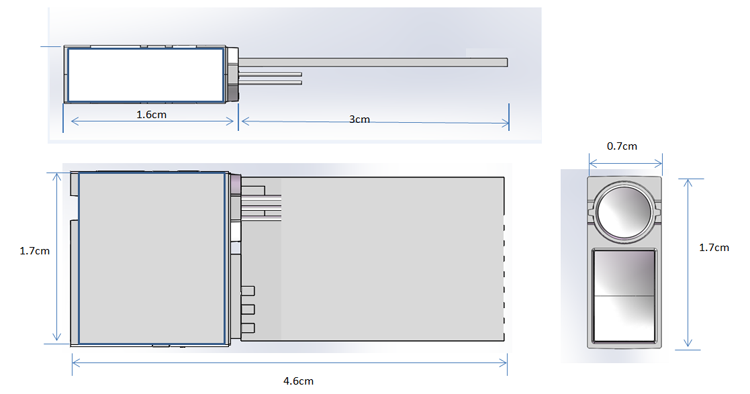Prevention of black rot in cabbage by "three cures"
Cabbage black rot is an important disease that damages cabbage. It can be attacked from the seedling stage to the bulbous stage. After harming the leaves and flower bulbs, the curd loses its commercial value, resulting in a reduction in yield and causing serious losses to the vegetable farmers. Therefore, it is imperative to prevent cabbage black rot in a timely manner so that early cure, minor cure and cure can be achieved. 1. Symptoms Identification Cabbage black rot mainly damages leaves, leaves or bulbs. At the seedling stage, the cotyledons were immersed in water and quickly died or spread to true leaves. At the beginning of the disease, firstly, starting from the leaf margin, "V"-shaped brown spots appear at the tip of the leaf marginal veins, gradually covering the entire leaf margin to form a yellow-brown band. If 5 to 10 true leaves at the time of onset, the lowest leaf begins to wilt and turn yellow, and then the entire plant gradually withered; if it occurs in the rosette period, cabbage balls appear black spots, the ball is loose and not solid, completely loses the value of the commodity. . Once the disease occurs, the area of ​​infection is larger and the incidence is faster, which will result in serious reduction of production. 2. Occurrence of regular pathogenic bacteria on the seed or with the disease in the soil in the winter, from the seedlings of the cotyledons or leaves of the leaves, from water holes or wounds invade, and quickly into the vascular bundle caused by the base of the disease. Germs can spread through farm tools and rainwater. High temperature and high humidity, repeated cropping, poor soil drainage function, large amount of nitrogen fertilizer, organic fertilizer and potash fertilizer and trace elements zinc, manganese, molybdenum, etc., a small amount of application, soil microbial environment is unbalanced, are conducive to the survival and reproduction of bacteria. 3. Control methods (1) Agricultural control. Soaking in warm water at 50°C for 20-30 minutes or soaking in 0.1% copper sulfate for 15 minutes. Severely affected plots and cruciferous vegetables are carried out for 2 to 3 years. Improve soil supply and drainage conditions, increase organic fertilizer, phosphorus and potassium fertilizers and trace fertilizers. (2) Chemical control. The seedbed disinfection was sprayed with 50% dexamethasone 800 to 1000 times wet soil or 50% carbendazim 800 times to pour the seedbed. At the beginning of onset, use 14% solution of ammonia-copper water bath agent 600 times, or 77% copper hydroxide wettable powder 500 times, or 72% of agricultural streptomycin soluble powder 5000 times, 7 to 10 days, even spray 2 ~ 3 times. IT02S, is JRT new product in the early 2019, which is a single-point LiDAR sensor, also called tof distance sensor. With a micro size of 46x17x7mm, customers can widely use in many Laser Measurement Solutions. The lidar distance sensor can measure 12m short-range with high frequency up to 100hz. It's great for Unmanned Aerial Systems. If you need us send you data sheet and spec for this products, offering sample as well, pls tell us, thank you.
Accuracy
+/-8cm@ 0.1~3.5m
Measuring Unit
cm
Measuring Range (without Reflection)
0.1-12m
Measuring Time
0.1~3 seconds
Measuring Frequency
100 Hz
Laser Class
Class II
Laser Type
650nm, <1mw, red
Weight
About 5g
Voltage
DC2.5V~+3.5V
Serial Level
TTL 3.3V
Size
46*17*7mm
Operating Temperature
0-40 ℃ (32-104 ℉ )
Storage Temperature
-25~60 ℃ (-13~140 ℉)
2D Laser Distance Sensor,2D Lidar Sensors,Tof Lidar Distance Sensor, Flight Distance Sensor Chengdu JRT Meter Technology Co., Ltd , https://www.cdlaserdistancemeter.com
IT02S Mini Tof Sensor Module Diagram

Parameters of IT02S:
IT02S – the High performance-price ratio measurement solution
* low power consumption of single transmit and single receive
* small size: 46*17*7mm
* low cost
* proffessional techinical support